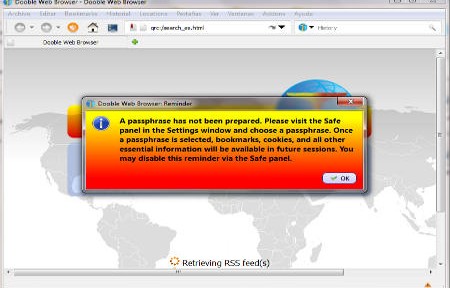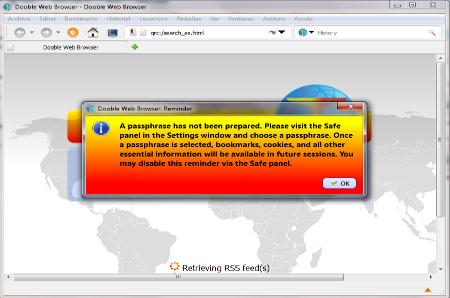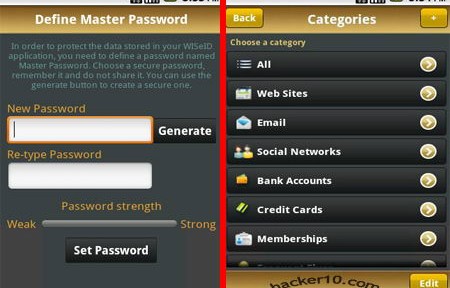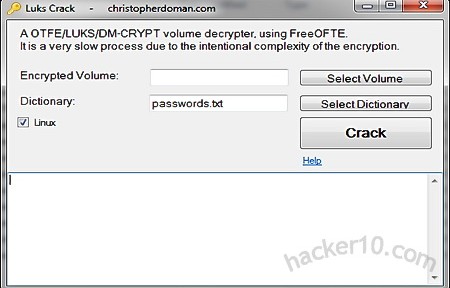A German ministry of the interior budget document leaked to Netzpolitik reveals that the Federal Criminal Police (BKA) is considering acquiring surveillance tools sold by British Gamma Group to monitor computer and Internet usage, German police is developing its own electronic surveillance tool called Spähtrojaner, at a cost of three million Euros but it will take more than a year to be finished and they need to deploy spying tools now, German magazine Spiegel quotes police sources confirming that they are already testing FinSpy trojan horses to eavesdrop in people’s computers.
FinFisher/FinSpy espionage software is marketed as a crime fighting tool only available to law enforcement and it requires a UK Home Office export license to be sold outside the European Union, the software is of dual use and it has been launched in the past against political dissidents in Bahrain where security researchers managed to map suspected FinFisher Command and Control servers around the world.

This government endorsed malware is normally installed in target computers using social engineering getting a user to open the trojan horse sending it through email, posting a file to a website for download, or getting physical access to the computer. A security researcher looking into a FinFisher trojan horse sent to political activists in Bahrain found out that the file was disguised as a .jpg written in Unicode Right-to-Left Override character with the .exe being found at the beginning of the file and not the end as it is usual, the exact trojan horse name was “exe.Rajab1.jpg” and it opened an actual cover-up photograph besides infecting the computer.
According to that report FinFisher captured data was stored in a random Windows system folder called: C:\Documents and Settings\User\Application Data\Microsoft\Installer\{A69832D8-3F71-4241-7493-7551DB00C34C} prior to sending it to the command server.

FinFly trojan horse can record VoIP conversations before they are encrypted by Skype or after they have been decrypted on the recipient’s side, it logs keystrokes and it can grab screenshots or activate webcams and microphones. A smartphone version called FinSpy mobile can wiretap Android, iPhone and Blackberry phones, antivirus software does not detect FinFisher tools, if you are afraid you can be targeted by it then consider virtualization of all of your Internet activities in VirtualBox or use a live DVD that has no permanent storage.










